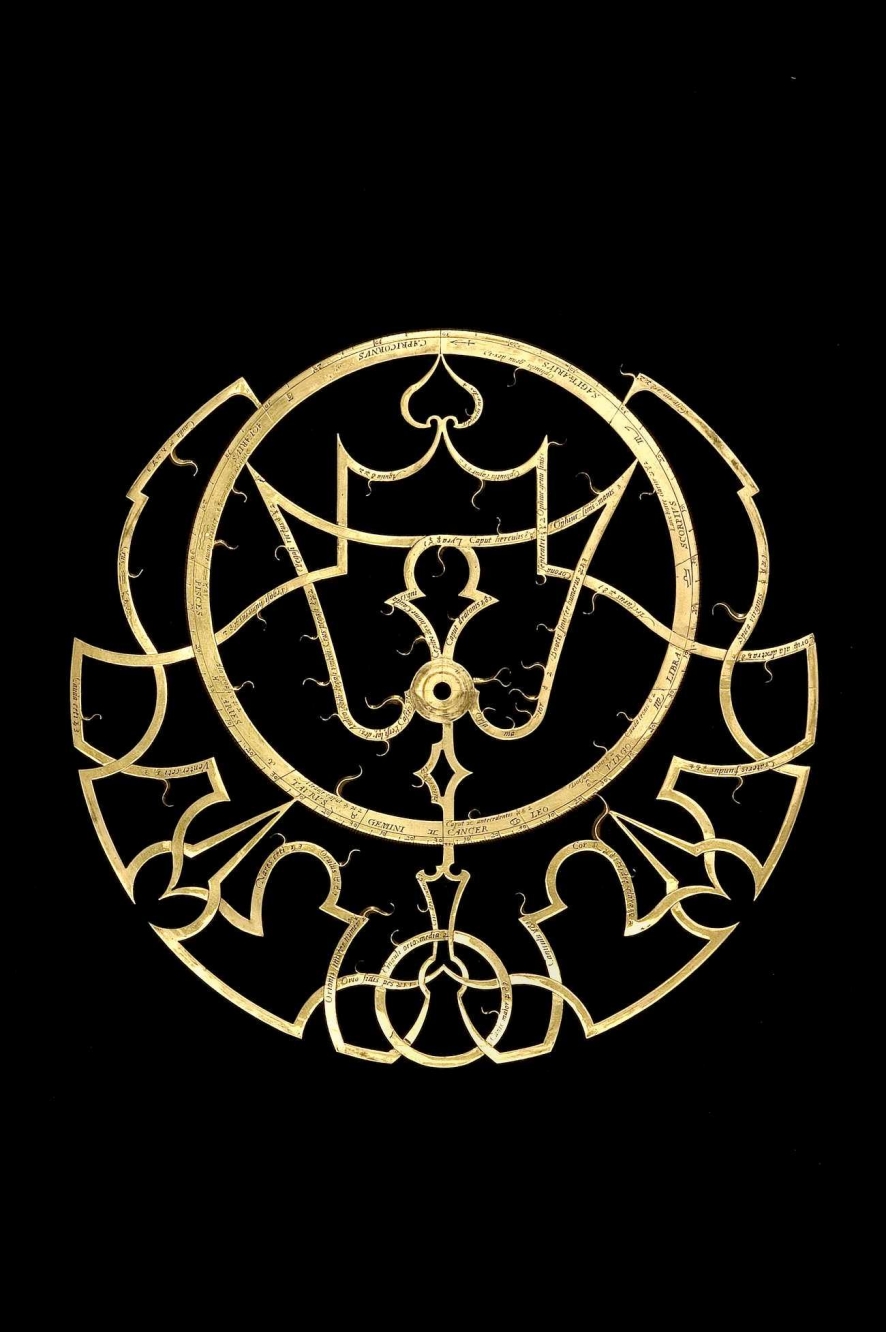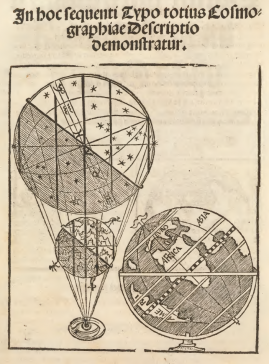The planispheric representation, the flat representation of the spherical vault of the heavens and its orbs, had its place among the practices of perspective during the sixteenth century. True, long before the "artificial" perspective came into vogue with painters, this type of representation was used in portrayals of the sky on walls, on parchment, and also engraved in copper and brass plates as a part of astrolabes. The principle of linear perspective and that of the "stereographic projection" to obtain a planisphere both consist in putting the eye of the beholder in one particular geometrical place. Gemma Frisius was not the only scholar in his day to perceive these two approaches as analogous. For decades, the Arsenius workshop that pursued its activity in connection with the Louvain scholar was counted among the finest of institutions. Its astrolabes incorporated the astronomical-mathematical features not only for actual reckoning but also to provide an image, to symbolize and remind the beholder of the intricacies of the cosmic order. In this Working Group chapter some of the procedures, habits, and knowledge about stereographic projection available in the Arsenius workshop was examined through one particular instrument: a small astrolabe quadrant, from the Arsenius workshop in Louvain, signed 1573.


